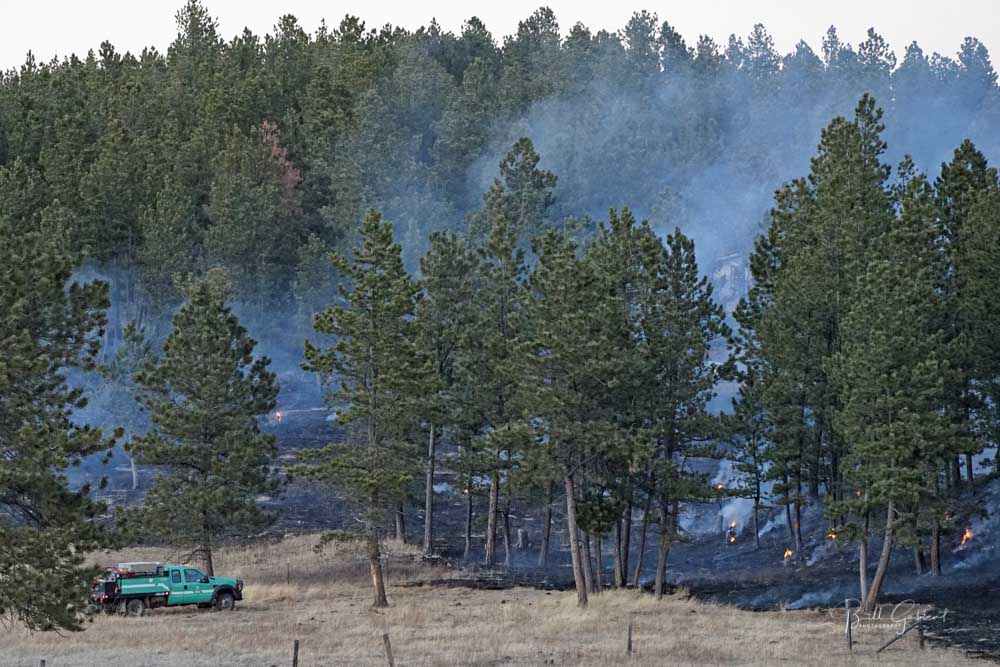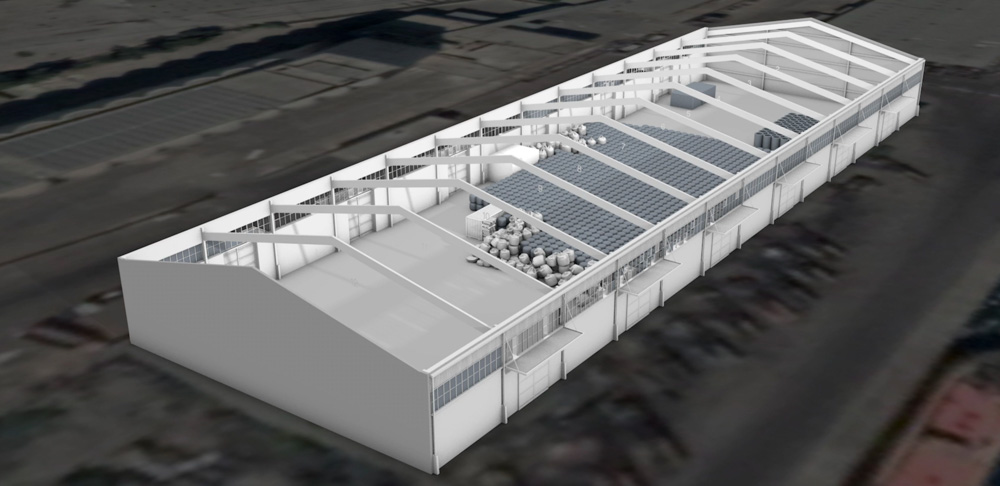New guide for wildfire accident reports requires conclusions and recommendations to be kept secret, intended for internal agency use only.
On Friday we wrote about some of the controversial issues that have surfaced in recent weeks related to the deaths of the 19 members of the Granite Mountain Hotshots on the June 30 Yarnell Hill Fire. One of them, covered by the USA Today, concerned the reports prepared by the Serious Accident Investigation team.
The latest Serious Accident Investigation Guide, revised just last month, was written by representatives of the five federal land management agencies and recommends that two reports be prepared. One, the Factual Report, would be made public, and the other, the Management Evaluation Report, would be confidential, and intended for internal agency use only.
According to the new guide released last month, “Only the facts go into the Factual Report— no inferences, conclusions, or recommendations.”
The confidential Management Evaluation Report would include:
- Findings identified in the Factual Report
- Cause(s) of the accident
- Conclusions and observations
- Confidential information (no witness statements or autopsy reports)
- Recommendations for corrective measures
- Other findings—findings not related to the accident which if left uncorrected could lead to future accidents/organizational failures (follow specific agency policy regarding other findings)
If conclusions and recommendations are kept secret, only to be seen by a few people, this would severely limit the opportunities to learn any lessons that could prevent similar tragedies.
These recommendations released in August, if followed by the teams writing the reports for the Arizona state government and others in the future, would result in public reports that are much different from those we have seen in recent years. Some that come to mind that include causes, contributing factors, or recommendations are the CR 337 Fire Fatality, the Steep Corner Fire Fatality, the Dutch Creek Fire fatality (huge 21Mb file), and the Sadler Fire entrapment.
The five people who wrote the new guide may be fearful of lawsuits and criminal charges which began after the 2001 Thirtymile Fire. Senator Maria Cantwell and Representative Doc Hastings, in a knee-jerk reaction to that fire, wrote the Cantwell-Hastings bill which was approved by Congress, signed by the President, and became Public Law 107-203 in 2002. It requires that in the case of a fatality of a U.S. Forest Service employee “due to wildfire entrapment or burnover, the Inspector General of the Department of Agriculture shall conduct an investigation of the fatality” which would be independent of any investigation conducted by the USFS.
Before the Thirtymile Fire the Department of Agriculture’s Inspector General’s office had no experience or training in the suppression or investigation of wildland fires. They are much more likely to be investigating food stamp fraud or violations at a chicken ranch than evaluating fire behavior and tactical decisions at a wildfire. The goal of the Inspector General investigation is to determine if any crimes were committed, so that a firefighter could be charged and possibly sent to prison.
After the trainee wildland fire investigator for the OIG finished looking at the Thirtymile fire, on January 30, 2007 the crew boss of the four firefighters that died was charged with 11 felonies, including four counts of manslaughter. The charges were later reduced to two counts of making false statements to which he pleaded guilty on August 20, 2008. He was sentenced to three years of probation and 90 days of work release.
This had a chilling effect on firefighters who are required to make split-second decisions that later may be second guessed by a jury with no clue of what it is like to be faced with a life and death situation on a rapidly spreading wildfire.
Since those felony charges were filed against a firefighter who may or may not have made an error in judgement while fighting a fire, most wildland firefighters with any connection at all to a serious accident have had reservations about talking to investigators. They are being advised behind the scenes to “lawyer up” and to say little if anything about what they know or observed. Many have purchased professional liability insurance which would help to defray the cost of hiring attorneys which otherwise could ruin the financial lives of underpaid government employees and their families.
The unintended consequences of Senator Maria Cantwell and Representative Doc Hastings’ legislation has changed fire investigations. If firefighters can’t feel free to discuss what happened on a fire, finding any lessons to be learned is going to be difficult. This could result in the same mistakes costing more lives.
It was just a few years ago that firefighters were told “we do not bend, we do not break” the 10 Standard Firefighting Orders, and you better obey the 18 Watch Out Situations. The new investigation guidelines and the Interagency Standards for Fire and Aviation Operations now describe them as:
…not absolute rules. They require judgment in application.
Accident investigators, including the amateurs from the Office of Inspector General’s office, have found it easy to use the Orders and Situations as a checklist, saying “x” number of them were violated. That later becomes fodder for attorneys in civil suits and prosecutors seeking to put firefighters in prison.
It appears that the writers of the new investigation guide placed more emphasis on preventing criminal charges and civil lawsuits than learning lessons when they decided to keep secret the conclusions and recommendations following serious accidents. They may feel they were forced into this very uncomfortable position because of the current lawsuit and criminal prosecution atmosphere.
How do we fix this?
The military has the benefit of a law that is the opposite of the Cantwell-Hastings bill. They have the protection of 10 U.S.C. 2254(d), which states that in the case of an aircraft accident:
Use of Information in Civil Proceedings.—For purposes of any civil or criminal proceeding arising from an aircraft accident, any opinion of the accident investigators as to the cause of, or the factors contributing to, the accident set forth in the accident investigation report may not be considered as evidence in such proceeding, nor may such information be considered an admission of liability by the United States or by any person referred to in those conclusions or statements.
Senator Maria Cantwell and Representative Doc Hastings need to suck it up and admit their knee-jerk reaction to the Thirtymile fire has caused a great deal of unintended harm. In 2001 they thought their ill advised idea might enhance the safety of firefighters, but it has accomplished the reverse. Lessons learned are becoming more difficult to uncover. Mistakes are more likely to be repeated because of their legislation which became Public Law 107-203. They wanted investigations, but investigations have always occurred following serious accidents. Their legislation had zero benefits, and had far-reaching negative consequences.
Senator Cantwell and Representative Hastings should feel a moral obligation to fix the problem they created. They need to craft legislation to protect firefighters, similar to that protecting the military in 10 U.S.C. 2254(d).



